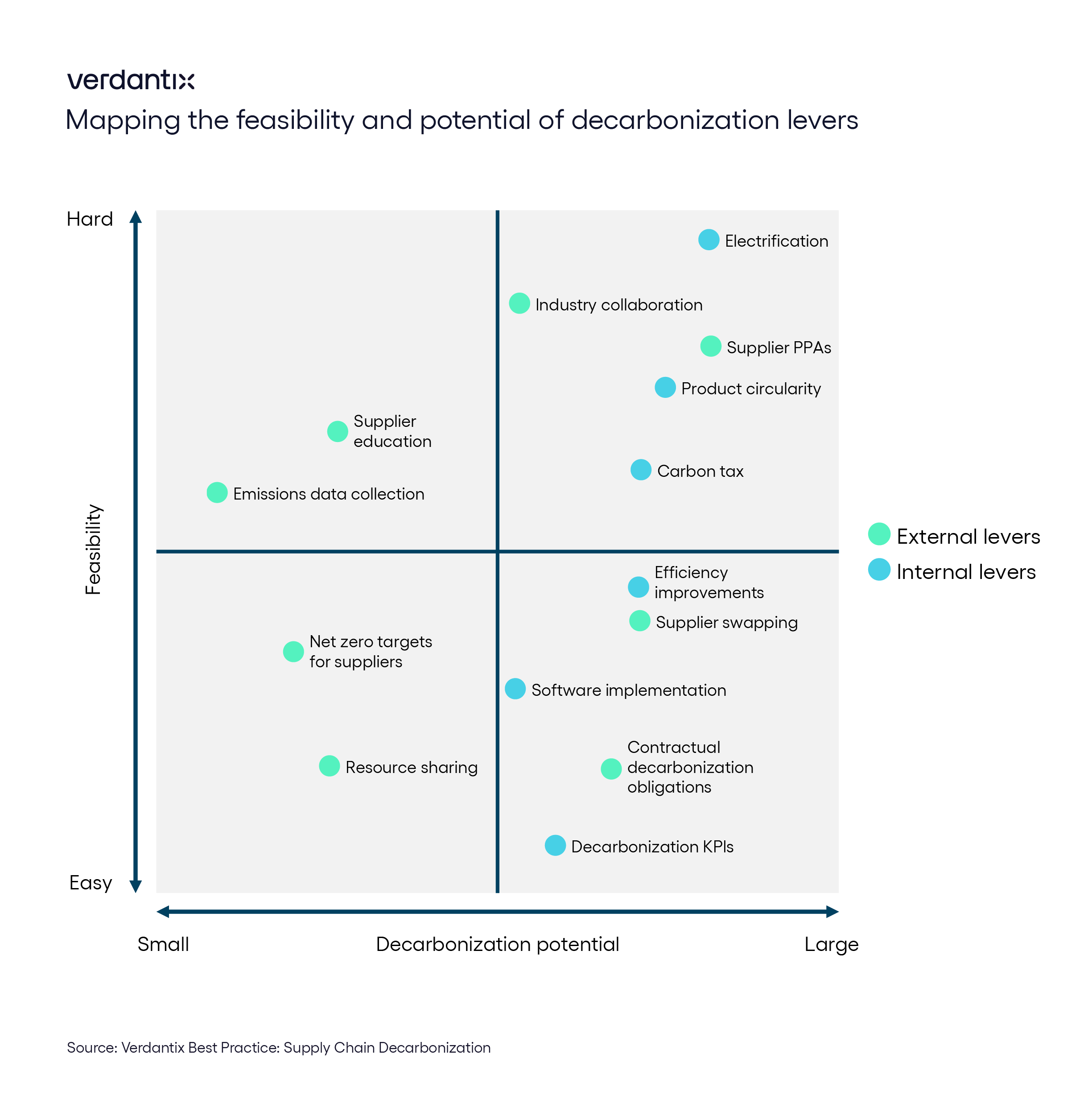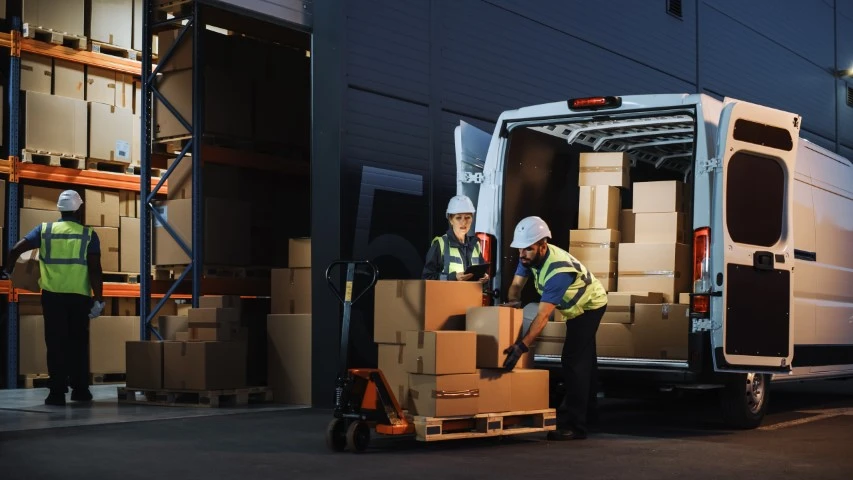From KPIs To Contracts: Practical Steps For Tackling Supply Chain Emissions
From KPIs To Contracts: Practical Steps For Tackling Supply Chain Emissions
Supply chains account for over 60% of global emissions, making them a critical focus for firms pursuing net zero goals. Despite growing pressure on sustainability leaders to demonstrate progress, challenges like competing business priorities, evolving geopolitical landscapes and limited decarbonization options make supply chain emissions difficult to tackle. Identifying and implementing the most effective decarbonization levers (see below) enables firms to mitigate risk, strengthen relationships and enhance long-term resilience. Organizations can do this by:
- Embedding decarbonization KPIs into internal business processes.
To foster internal stakeholder engagement, organizations can establish specific KPIs for supply chain decarbonization targeted at procurement teams, which hold the greatest influence over supply chain decisions. Incorporating these KPIs will incentivize individuals to make choices that lower emissions within the supply chain. Indeed, the Verdantix Global Corporate Survey 2024: Supply Chain Carbon Management Priorities, Budgets And Tech Preferences finds that two in five firms had already discontinued a relationship with a supplier due to its emissions profile. Selecting suppliers is one of the simplest and most effective ways to reduce emissions in the supply chain and the motivating force of embedding sustainability-related KPIs into an organization’s business practices can rapidly reduce emissions.
- Utilizing software to forecast decarbonization pathways.
Deploying software to forecast decarbonization pathways enables organizations to develop actionable strategies to achieve net zero emissions by modelling reductions across all stages of the supply chain. This approach helps decision-makers allocate resources effectively while enabling suppliers to align their operations with long-term goals. Corporate leaders have echoed this in conversations with Verdantix, with Joy Lam, Global ESG Director at Crown Worldwide Group, stating:
“(Using software) we are able to do scenario planning, so if we switch to solar panels in a particular region, then these are the savings we can expect and the financial implications… this is helpful for decision-making and helping to understand what decarbonization can look like.”
- Incorporating emission reductions into contract terms.
To ensure suppliers are committed to decarbonization, firms are now including decarbonization clauses in supplier contracts. Salesforce, for example, contractually requires suppliers to disclose their Scope 1, 2 and 3 emissions and set SBTi targets under its ‘Sustainability Exhibit’ initiative. There is an upside for suppliers, too: the Verdantix supply chain decarbonization survey reveals that 47% of firms were highly likely or already had provided preferential contracting terms to a supplier due to its overall decarbonization performance.
To learn more about the challenges and best practices for supply chain decarbonization, see Verdantix Best Practices: Supply Chain Decarbonization and sign up for our webinar: Mastering Supply Chain Decarbonization.






















